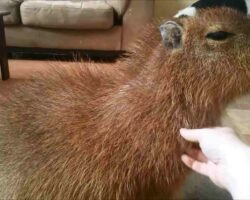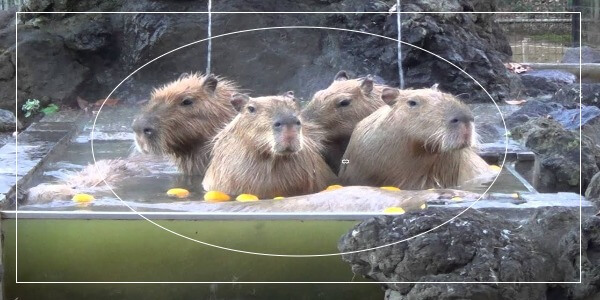The Javelina are special animals that are commonly found in South and Central America. While this animal exists in the wild, it can be found in most homes, especially in areas such as Arizona, Texas, New Mexico, and other cities.
Javelinas are consumed as food in certain societies and poached for their leather but some people keep them as pets. The term “Javelina” can be used to describe the peccary species and it can also be used to refer to the entire family of the animals.
Javelinas are funny-looking creatures and are often consumed by pigs or rodents. Many people are confused about these animals and believe they are related to rodents or pigs.
In this article, we will address some popular misconceptions about javelinas and find out their domain, kingdom, phylum, class, order, family, and genus, in the animal kingdom.
Is The Javelina a Rodent?
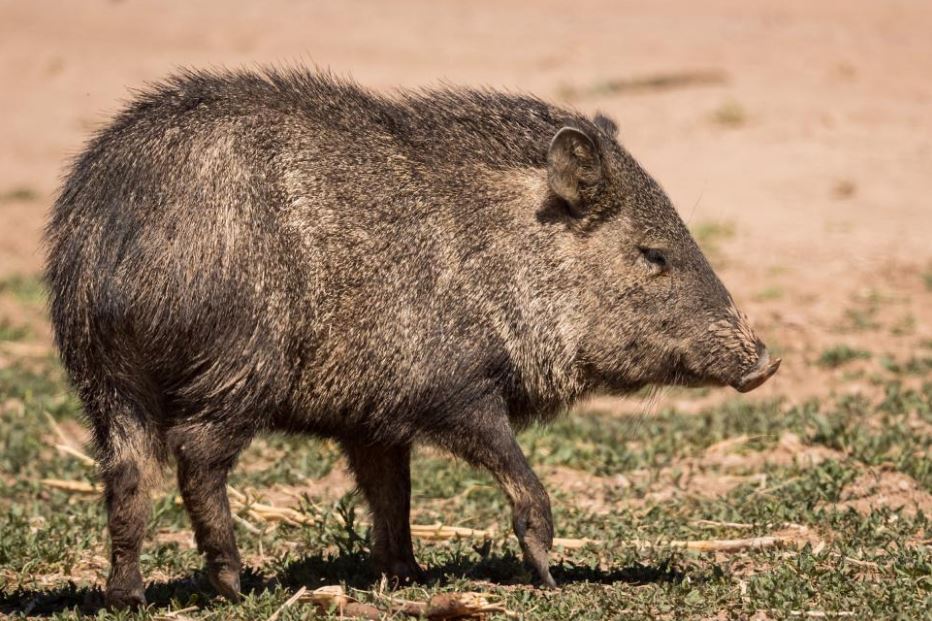
Javelinas are medium-sized mammals from South and Central America. They are also native to Trinidad in the Caribbean and some Southwestern parts of North America. On average, they weigh between 40 and 90 pounds and can measure between 2 ft 11 in and 4 ft 3 in long.
Many people wrongly classify the javelina in the category of rodents but they share similar physical appearances. Javelina has a round-shaped body covered in fur.
While the javelina and rodents are both mammals, they do not share the same order. Javelinas, peccaries, and other pig-like mammals do not come from the Rodentia order, where rodents belong, but are from the order Artiodactyla.
The order of Artiodactyla features over 270 different species. Also, javelinas are members of the Tayassuidae family. Taxonomically, javelinas cannot be classified as rodents because they do not belong to the Rodentia order.
There are over three species of javelinas, including:
1. The Chacoan Peccary
The Chacoan peccary, also known as “tagua,” is the largest but rarest of all peccary species. They can be found in the dry Chacoan area of South America.
Biologists refer to these species as Catagonus wagneri. According to scientists, there are about 3,000 to 5,000 of these species alive.
2. The Collared Peccary
This species is the smallest but the most common javelina species alive. Also called Dicotyles tajacu, these species are identified by the pale strike around their neck region.
3. The White-lipped Peccary
The White-lipped Peccary, fondly called Tayassu pecari by biologists is endemic to Central and South American rainforests. This species is slightly darker and bigger than the collared peccary species.
What Are Rodents?

Rodents are widely considered to be small, gnawing creatures with continuously growing teeth. Their teeth remain their main characteristic. These animals do not have canine teeth but have two pairs of razor-like incisor teeth, one of which is located in the upper jaw and the other in the lower area.
Their sharp, long teeth serve different purposes and provide several benefits, including gnawing food, breaking down rough plants and complex food substances, digging tunnels and burrows, and protecting themselves from threats.
The rodent family, Rodentia, is the largest order in the animal kingdom. The order of Rodentia contains over 2,000 different rodents. Scientists claim that rodents make up nearly half of the total population of all mammal species.
Rodents are widespread animals and can be found in varieties of habitats and environments, including terrestrial habitats, rainforests, deserts, grasslands, savannas, as well as rural and urban human environments.
Examples of rodents you should know are rats, mice, beavers, guinea pigs, prairie dogs, squirrels, hamsters, and capybaras. The latter, the capybara, is the largest rodent on the planet at the moment, as can weigh as much as 150 pounds.
Javelinas and Rodents Comparision
With millions of animals, plants, bacteria, fungi, and organisms out there, it is certain that people will confuse things with each other.
To make things easier, biologists and scientists decided to organize these into categories and groups called taxa.
At the top of the menu is the category known as the domain, followed by kingdom. Next, there is the phylum category and the class. Subsequent categories in this taxonomic system include the order, family, genus, and species.
Javelinas and rodents may share the same characteristics or history. First, they belong to the same domain, Eukarya, and the kingdom, Animalia. Also, both rodents and javelinas belong to the same phylum, Chordata, as well as the same class, Mammalia, where mammals are grouped.
The next category, order, is where the relationship between the rodent and the javelina is broken. While rodents belong to the order of Rodentia, javelinas are members of the Artiodactyla order.
In addition, javelinas come from the Tayassuidae family but all rodents do not come from the same family. There are more than 30 different families in the Rodentia family, including Caviidae, Erethizontidae, Castoridae, Sciuridae, Heteromyidae, and Muridae.
| CATEGORY | JAVELINAS | RODENTS |
| DOMAIN | Eukarya | Eukarya |
| KINGDOM | Animalia | Animalia |
| PHYLUM | Chordata | Chordata |
| CLASS | Mammalia | Mammalia |
| ORDER | Artiodactyla | Rodentia |
Why Are Javelinas Not Rodents?
Javelinas are not rodents because they do not belong to any rodent family. Rather, they belong to the Artiodactyla order, a different mammal order.
Javelinas share the same foot morphology with many animals in the Artiodactyla order such as pigs, giraffes, sheep, llamas, camels, etc. They are omnivorous, meaning they eat varieties of vegetation and fruits, including prickly pear, agave, roots, and tubers, as well as small animals and carrion.
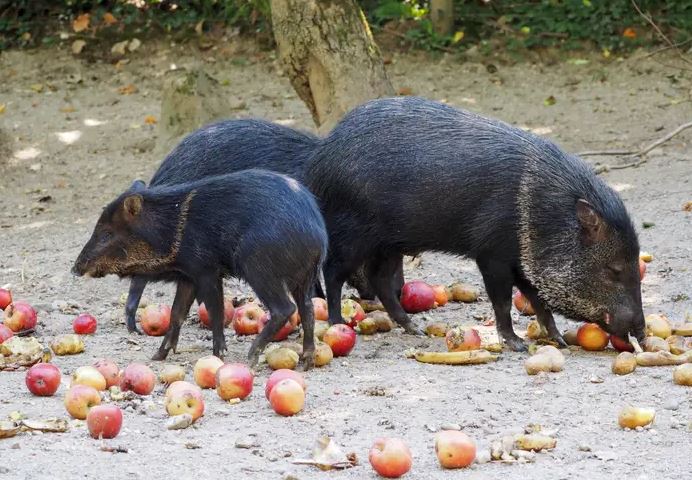
In terms of diet, javelinas share the same diet with most rodents. Rodents are herbivores but there are omnivorous rodents in the wild.
Rodents on the other hand are mostly herbivores and feed on grasses, plants, fruits, and vegetables. Javelinas have big, powerful canine teeth for eating but they do not have continuously growing incisor teeth.
No rodent or herbivore has canine teeth, as these teeth are found in carnivores and meat-eating animals like leopards, dogs, and tigers, and they help kill prey and tear meat. Small animals like moles and skunks have canine teeth for eating and burrowing.
Rodents are mainly known for their ever-growing incisor teeth in their lower and upper jaws. Their teeth do not stop growing, so they have to gnaw on different objects or grind their teeth against each other to shape and sharpen them. Rodents and herbivorous animals lack canine teeth as they don’t eat meat.
Another distinguishing factor between rodents and javelinas is their living area. While the javelina prefers to live on the surface, rodent species can stay underground or on the surface.
Javelinas prefer wetlands and rainforests to dry surfaces while rodents typically stay in forests, savannas, grasslands, woodlands, and other habitats.
Javelina does not burrow as most rodents do, rather they love sleeping in caves and cave-like areas. Rodents tend to use their strong teeth and paws to create a series of tunnels underground.
While javelinas have long coarse hair, big heads, circular snouts, and hooves, rodents do not have hooves.
Are Javelina Pigs?
While javelinas are quite identical to pigs, they aren’t pigs. However, they are related to pigs because they both belong to the order of Artiodactyla, which contains animals like llamas, camels, sheep, goats, hippopotamuses, etc.
Also, javelinas and pigs belong to the Suina suborder. It is important to note that belonging to the same class doesn’t make them related. Humans and rats are both mammals, but it would be absurd to consider them as closely related species.
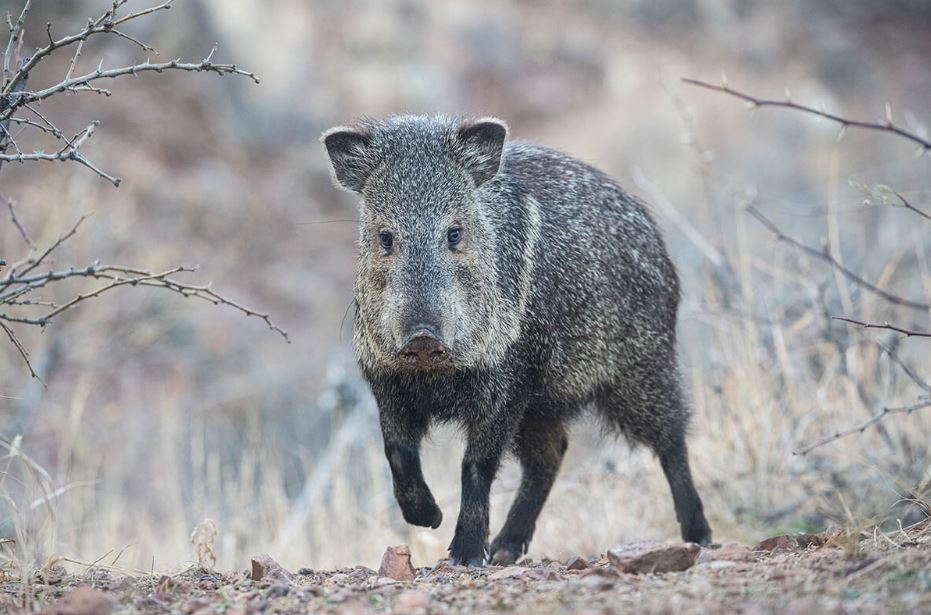
Javelinas are members of the Tayassuidae family and are referred to as “New World pigs.” Folklore has it that millions of years ago, javelinas and feral domestic pigs shared a common ancestor. Both javelinas and the feral domestic pigs of the Old World belonged to the same suborder of omnivorous, non-ruminant artiodactyl mammals known as “Suina.”
Undoubtedly, javelinas and pigs share several similarities and features. Historically, javelinas evolved in Europe but spread to North America and other parts of the world. Around three million years ago, some javelinas relocated to South American ground and remained there till this day.
Javelinas and rodents do not share the same ancestor with rodents. Rodents are believed to have descended from a rodent-like creature called anagalids. They are considered to have evolved from Asia.
Conclusion
Javelinas are neither rodents nor marsupials but they are mammals from the Artiodactyla order. Javelinas may be identical to rodents but they have their disparities.
For instance, all rodents have ever-growing teeth, they do not have canine teeth, and they are mostly herbivores but javelinas have canine teeth and they are omnivores.
Furthermore, javelinas have hooves but rodents lack this feature. Rodents can burrow and create several tunnels underground but javelinas do not. While javelinas come from the wild, peccaries have been domesticated and kept in most homes. Javelinas can provide meat and leather for the production of several products.


![Capybara Meat And Its Culinary Uses - [Every You Should Know] Capybara Meat & Culinary Uses](https://capybaratips.com/wp-content/uploads/2023/03/Capybara-meat-250x200.webp)

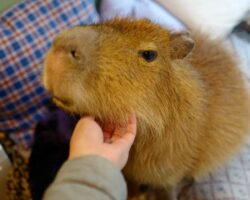

![How Big Should a Capybara Enclosure Be? - [Sizes & Design] How Big Should a Capybara Enclosure Be](https://capybaratips.com/wp-content/uploads/2023/03/Capy-Enclosure-250x200.webp)
